This past weekend, I had the joy of doing what every writer dreams of—talking with readers face-to-face. Thank you to Barnes & Noble in Hingham and the always-welcoming West Tisbury Library on Martha’s Vineyard for hosting two incredible signings. The conversations were thoughtful, funny, sometimes raw, and reminded me why I write in the first place: connection.
One topic that came up again and again? Writing hard things. The gritty stuff. The uncomfortable truths. And more specifically, how graphic those truths should be.
It’s a question I wrestled with while writing my upcoming novel, Drive City. This book is different than my others—not just because the protagonist is male, but because the entire lens is rougher, sharper, more dangerous. Set in Revere, Massachusetts, it’s fast-paced and unapologetically edgy. I wrote it from a masculine perspective and fully immersed myself in that world—one of crime, loyalty, addiction, betrayal, and survival.
Let me tell you: it came with a lot of F-bombs.
(And yes, I spent part of my weekend cutting a lot of them. You’re welcome.)
But it made me think. As authors, we have a responsibility to our characters and our readers. To tell the truth—but in what form? Do readers want the raw, graphic version, or do they prefer the emotion of it captured in tone, implication, and restraint?
I’d love to hear from you.
Personally, I believe the answer is balance. Writing trauma, abuse, addiction, or violence isn’t just about shock value. It’s about emotional accuracy. Sometimes a single line—subtle, restrained—can cut deeper than a paragraph of graphic description. Other times, pulling punches does a disservice to the story.
For Drive City, I wanted the edge, but I didn’t want to numb readers with language. I wanted the grit, but not at the expense of depth. And I found myself asking with every scene: Is this here for truth, or just impact?
That’s where the real work is.
So, dear readers—what’s your take? Do you lean into stories that go there graphically, or do you prefer when a writer trusts your imagination to do the work? I’m curious.
And as always, thank you for reading my stories and letting me walk these lines between beauty and brutality, light and shadow.

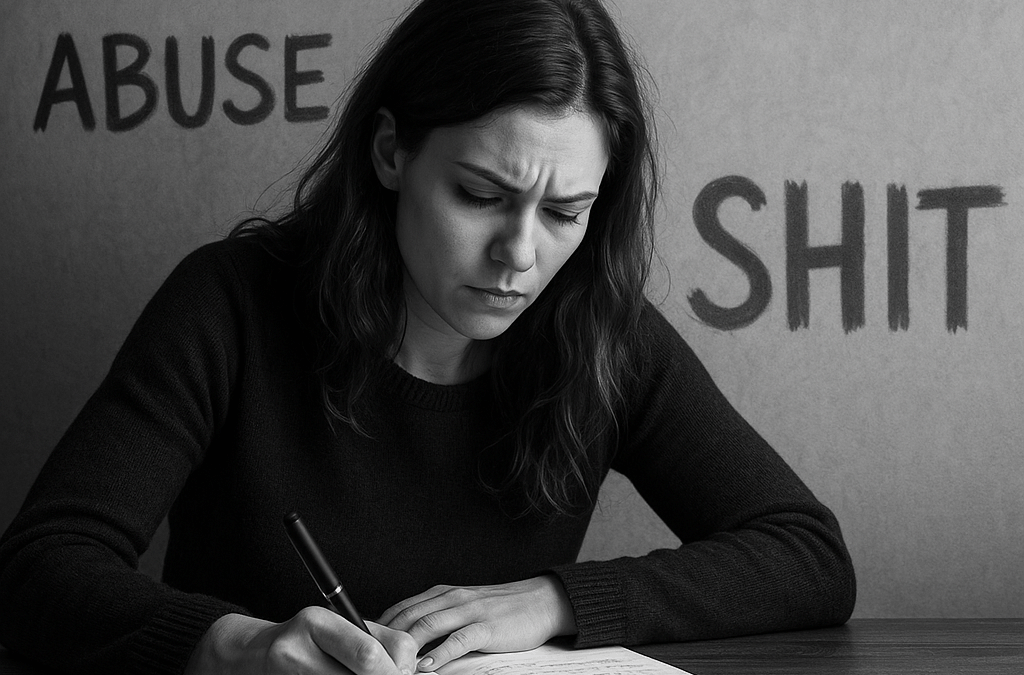


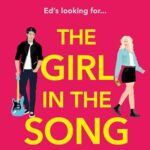
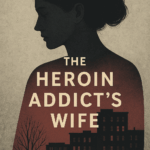
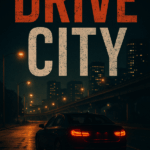
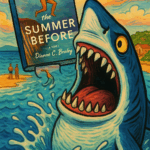

Great questions, Dianne. I think you said it best: balance. I’d also use the word nuance. I personally don’t like gratuitous violence or graphic horror in reading or watching TV/movies. I’ll watch/read dark stuff for sure (we just finished The Last of Us Season 2–such great writing) and I love a good crime story. But the writing has to hold up or it’s just schlock. I’m sure you’ll find that sweet spot, and look forward to reading Drive City.
Hi. I think balance is the way to go. I also find if a story is too descriptive (somewhat related to graphic) I may skip words/ sentences on those descriptions. A friend once told me that a certain favorite author of mine was too descriptive and although I had not read that author in a while , I did reread one of his book and my friend was correct. Your 1st 2 books both had great balance. Looking forward to “Drive City”!!